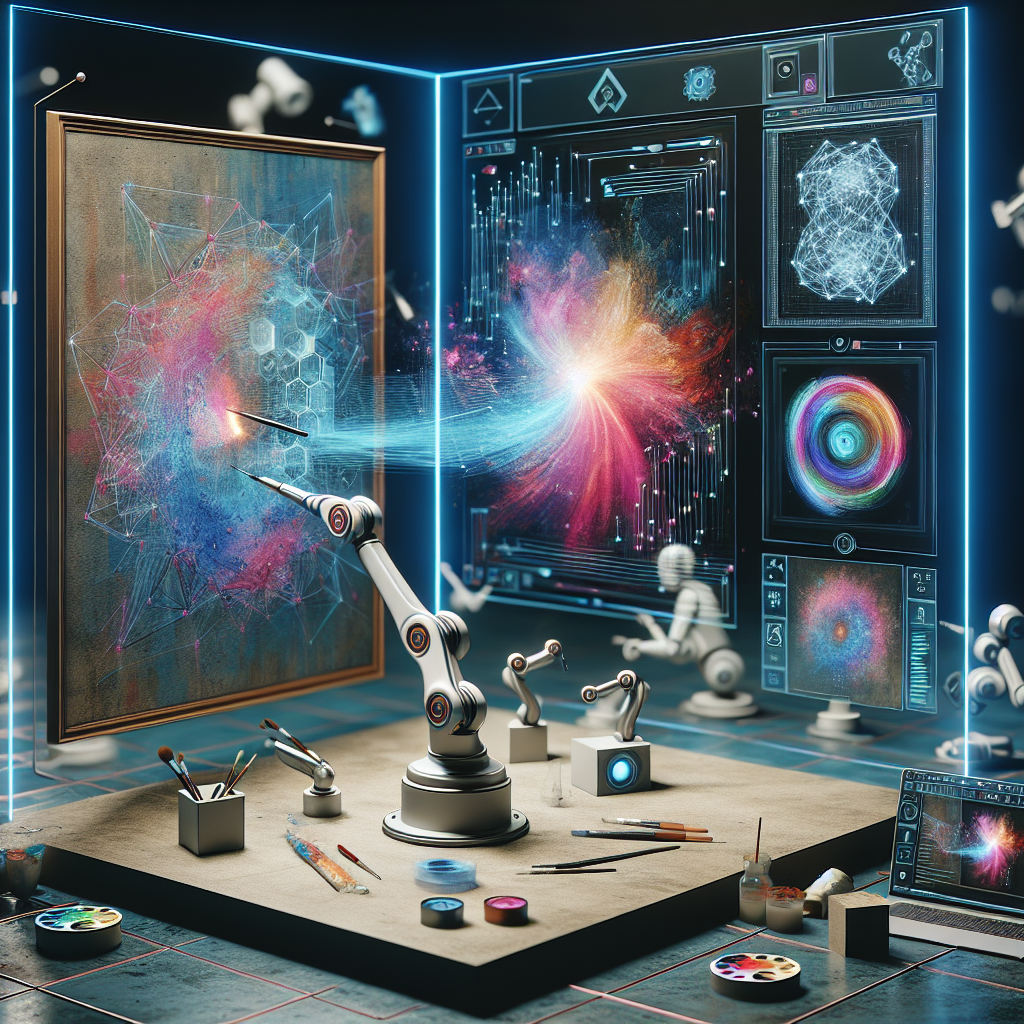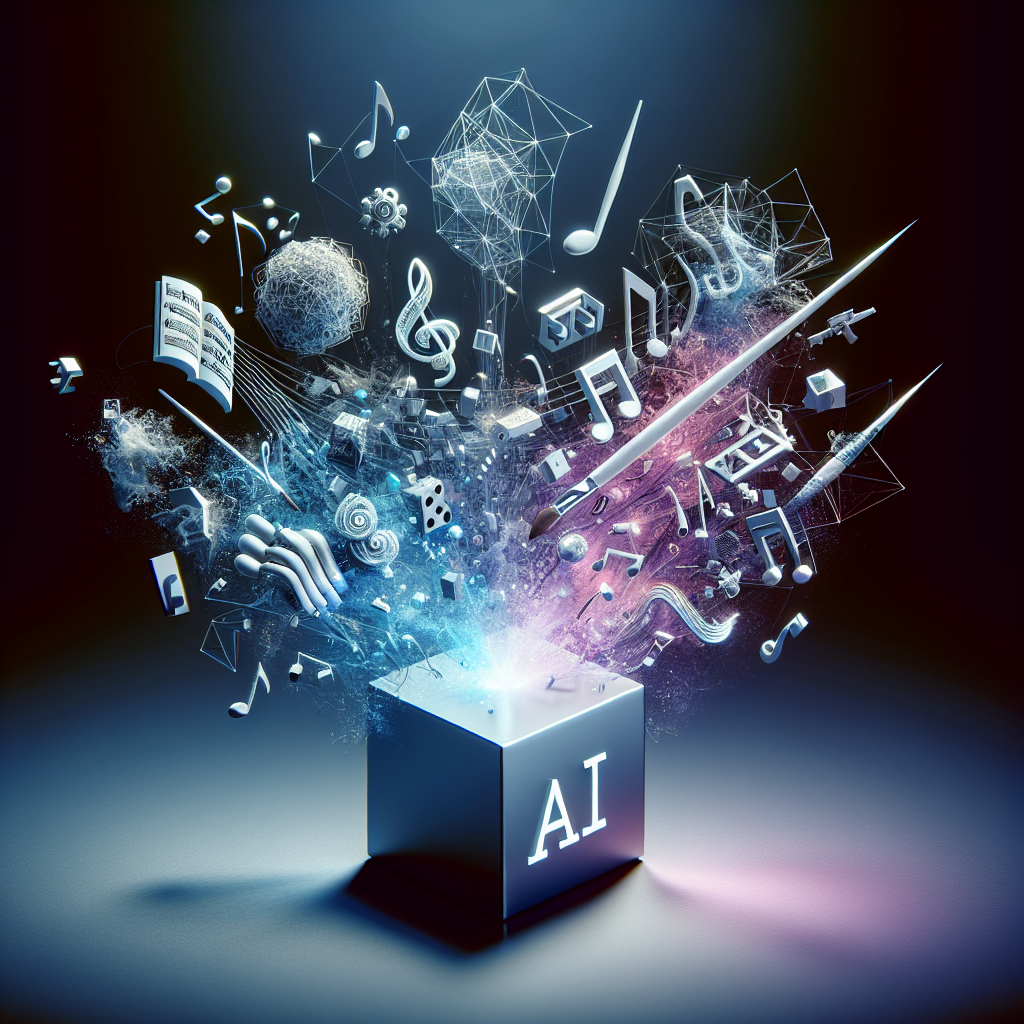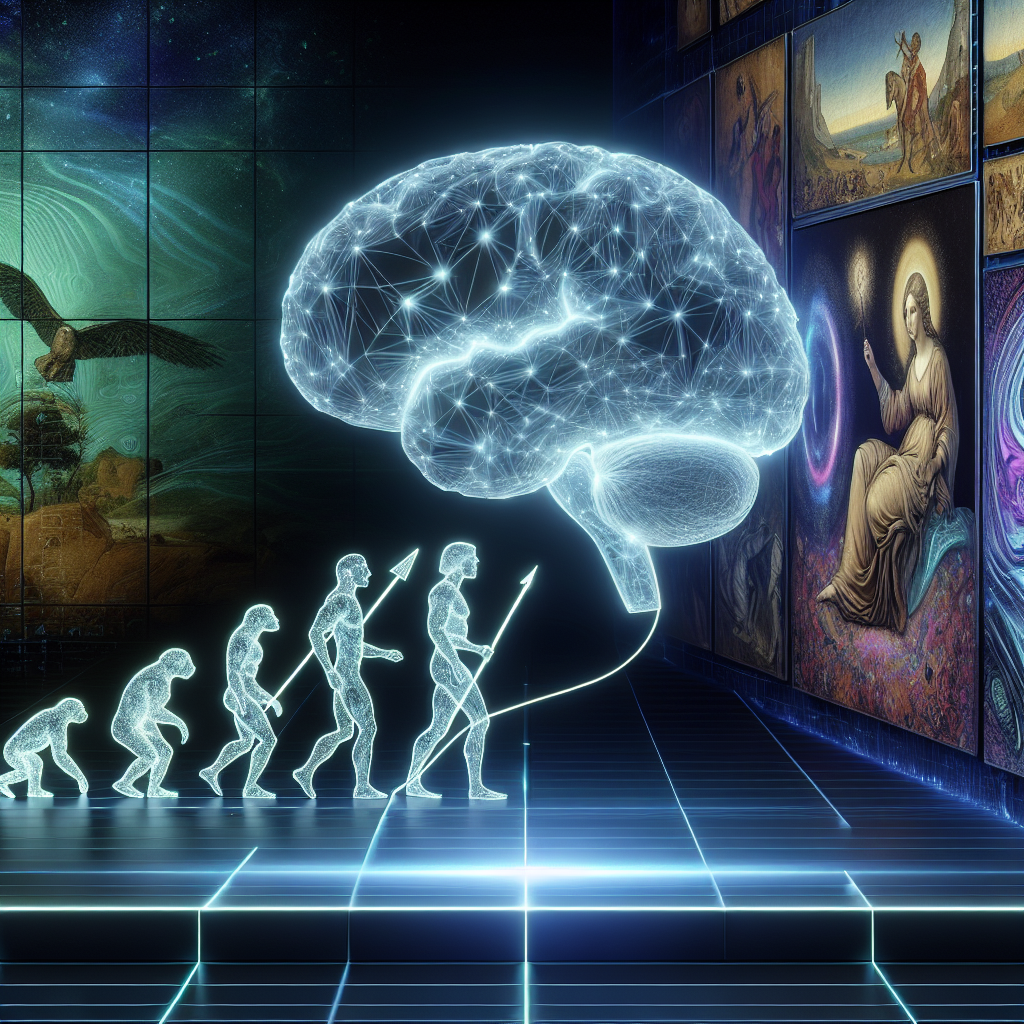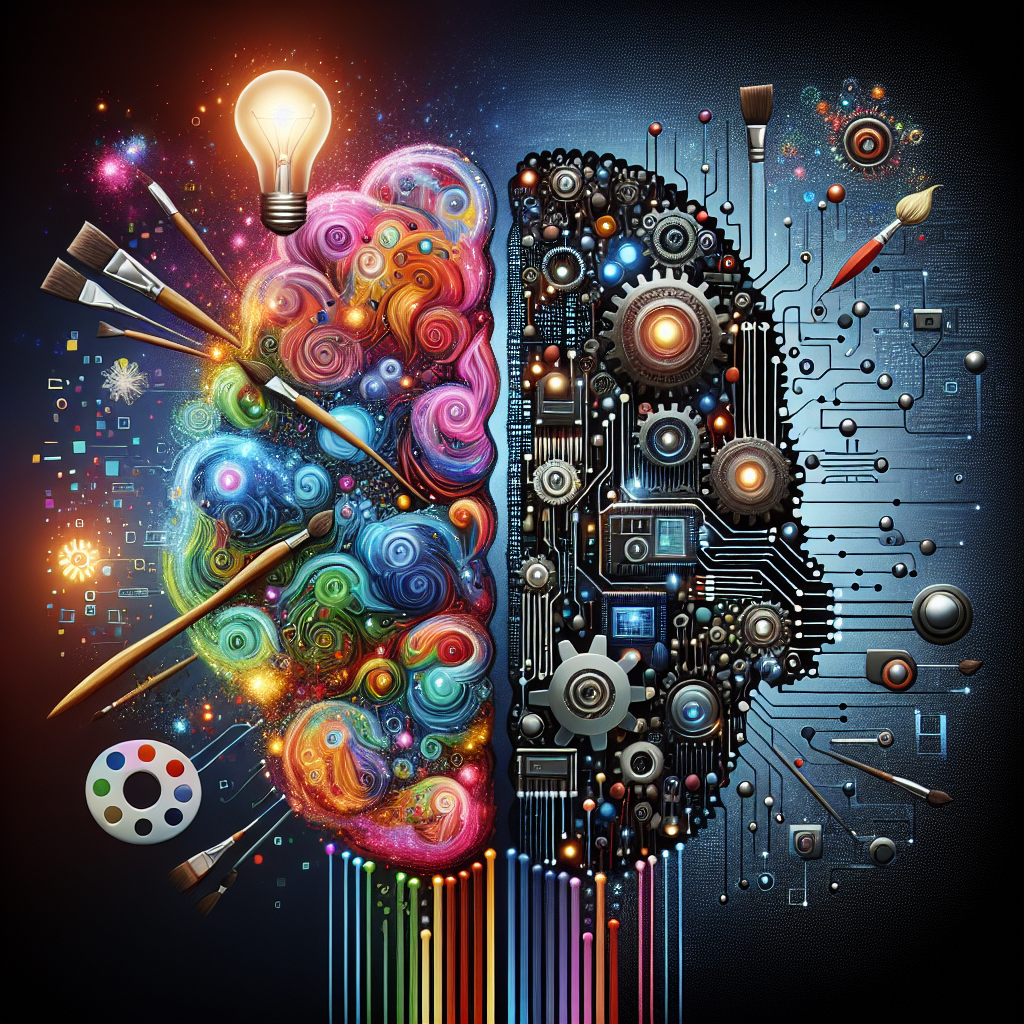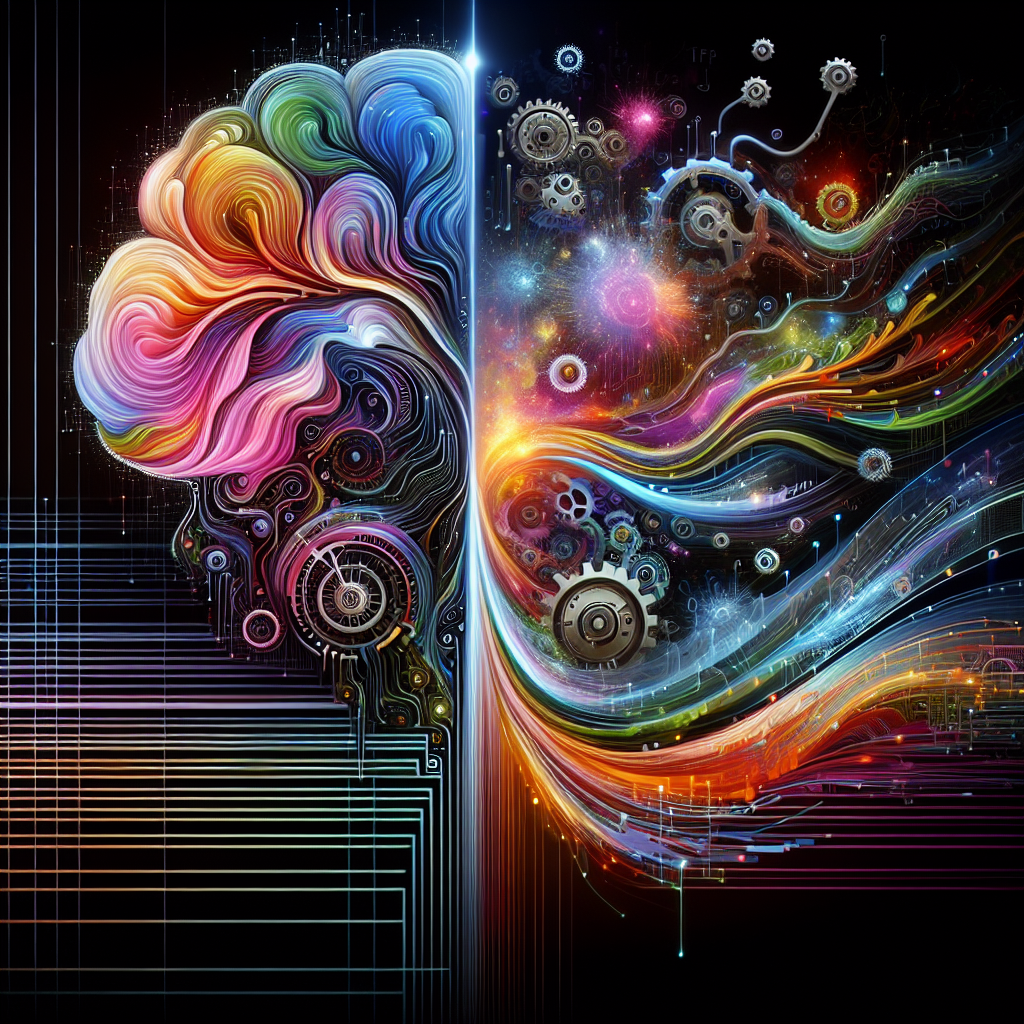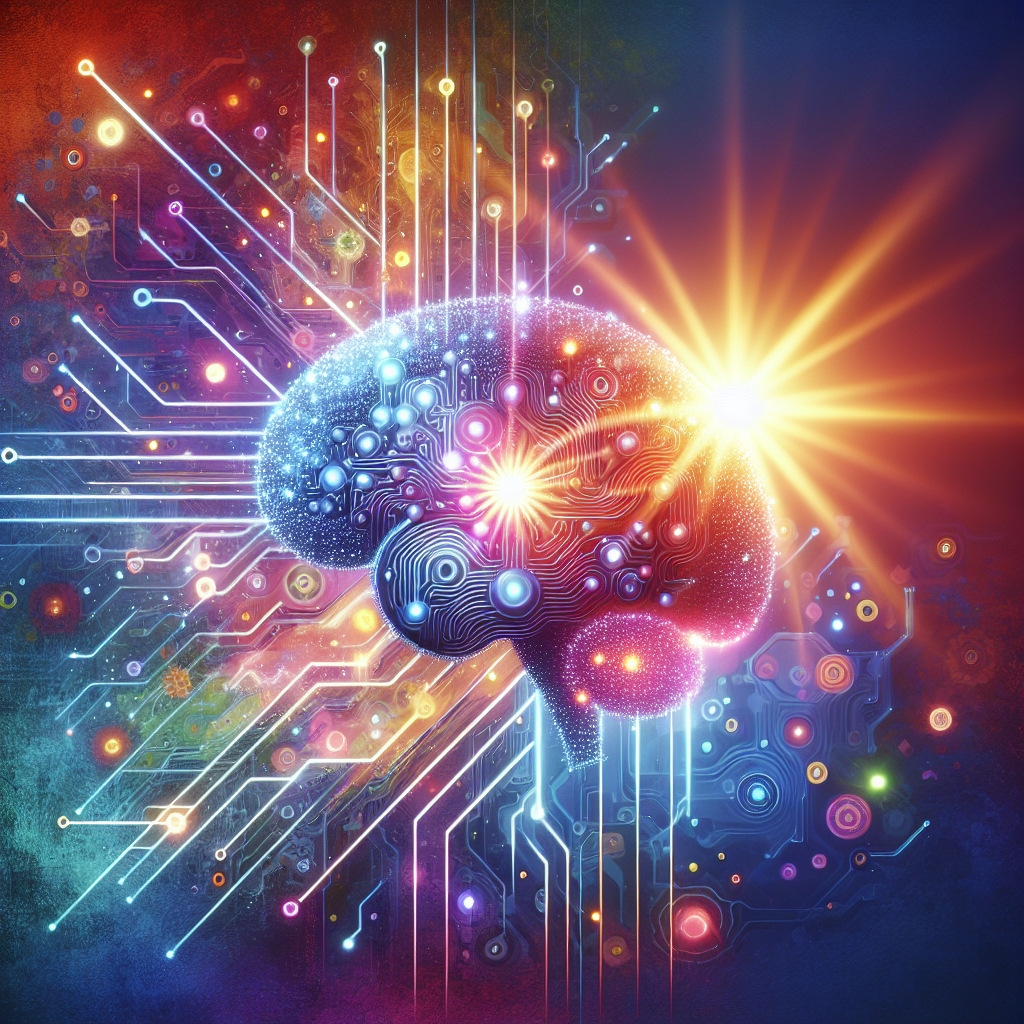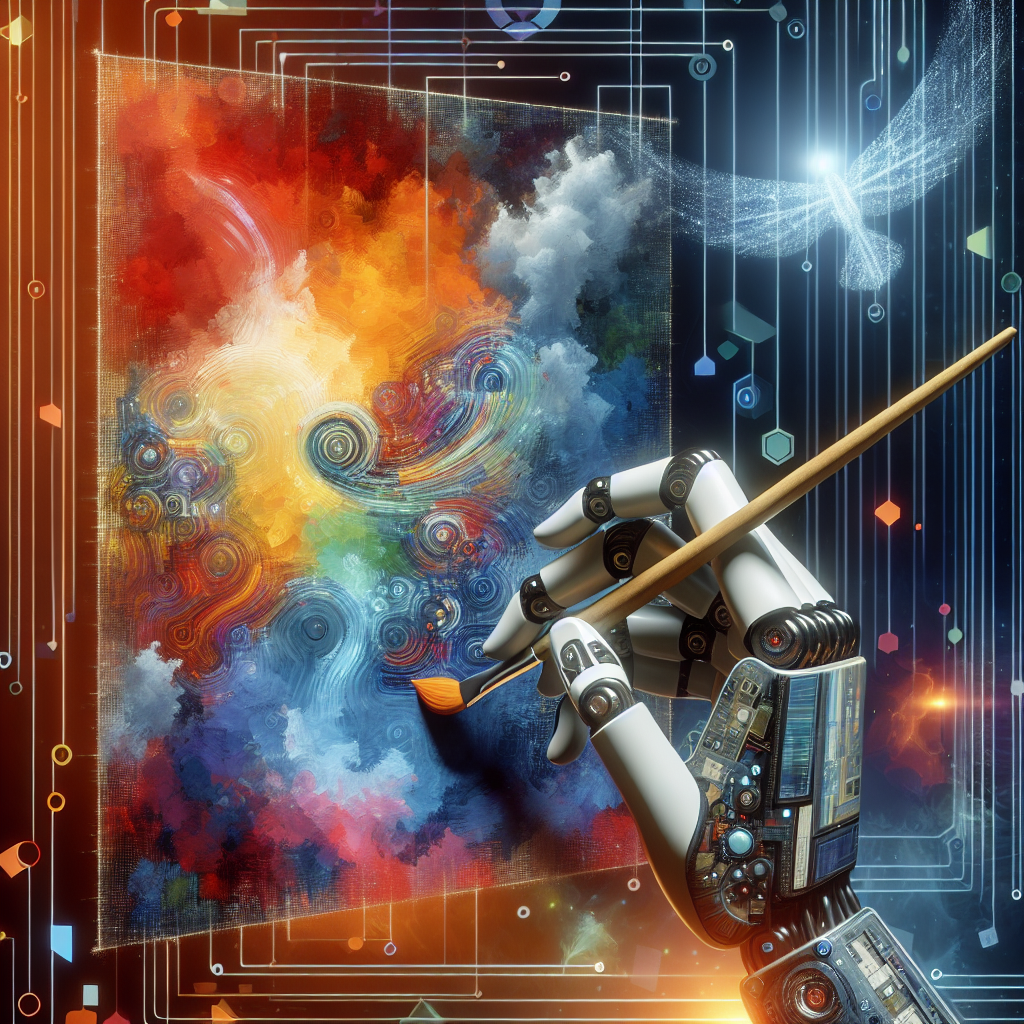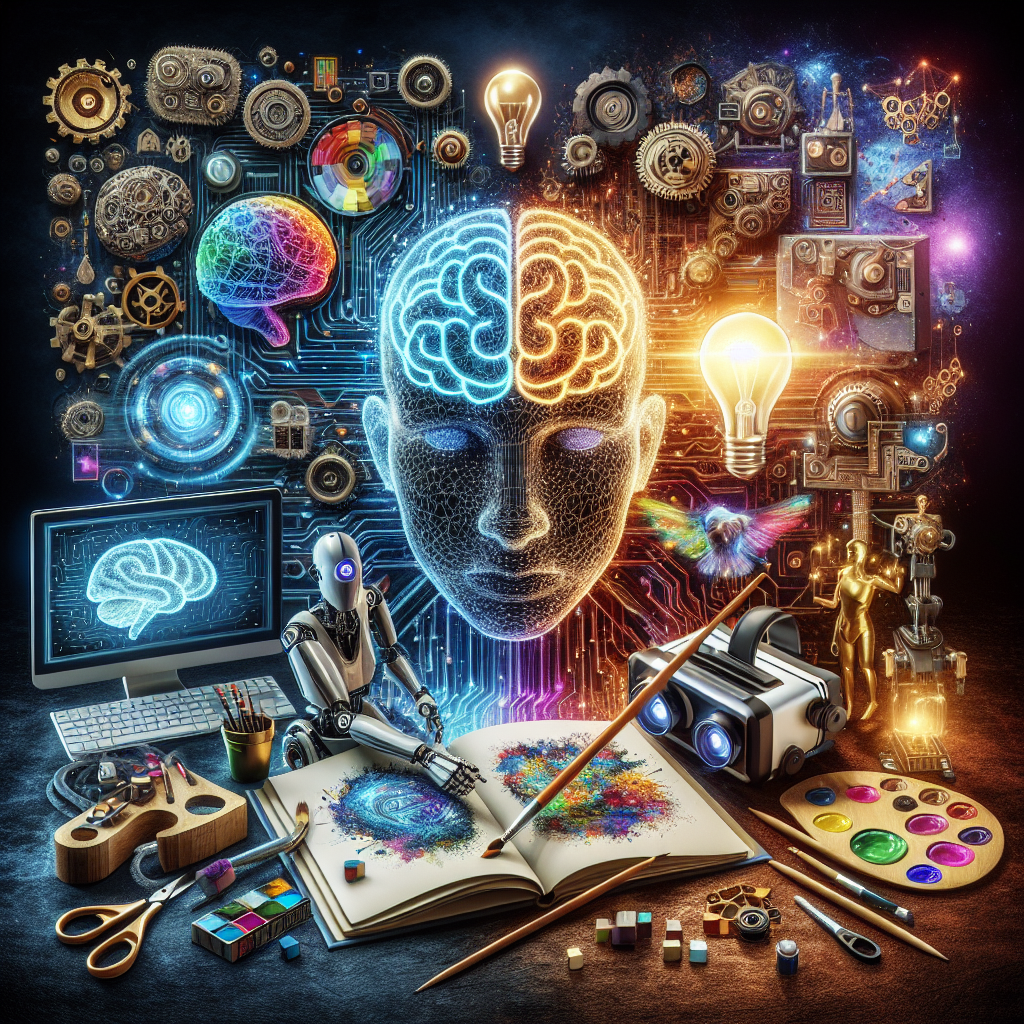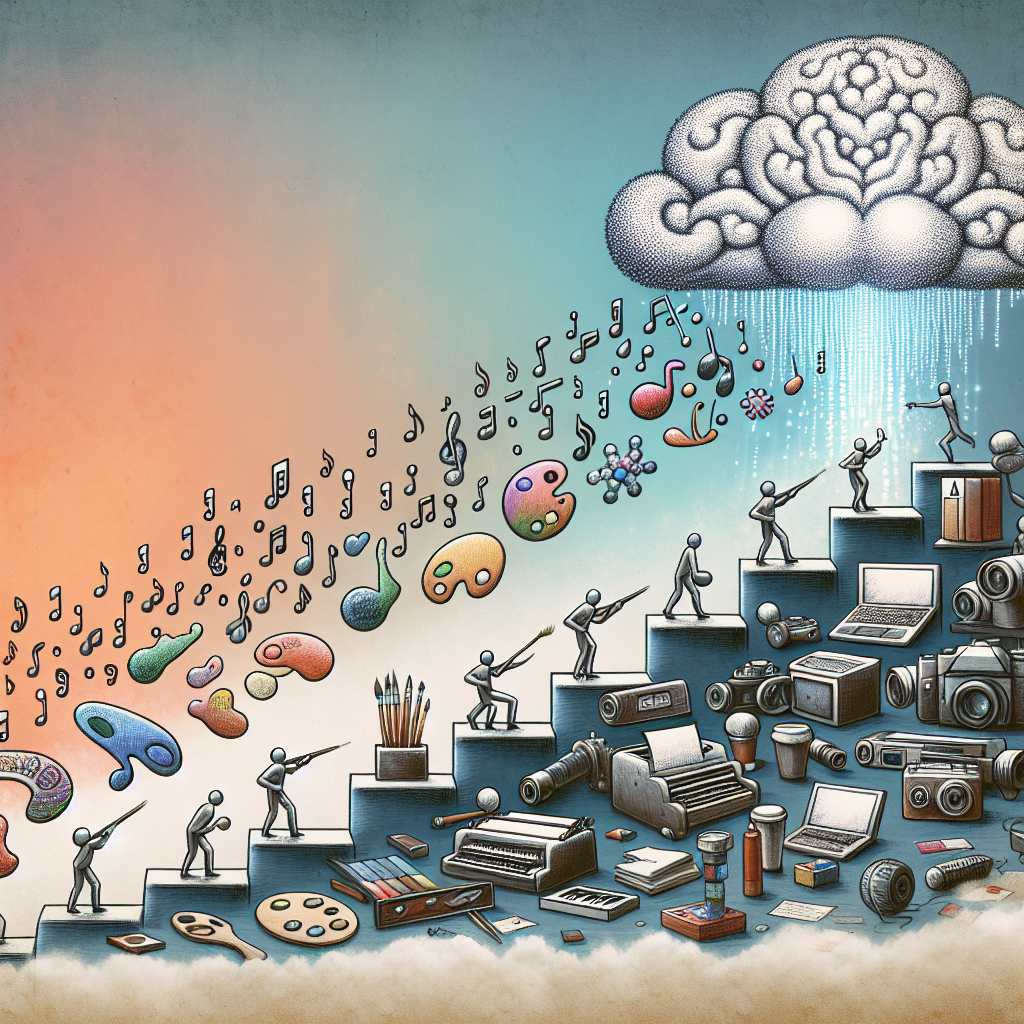Creativity has always been at the core of human expression, driving innovation and pushing boundaries in art, design, music, and more. However, with the rise of artificial intelligence (AI), the way we think about creativity is undergoing a revolution. AI is revolutionizing the art world by offering new tools, techniques, and possibilities for artists to explore and create in ways that were previously unimaginable.
One of the most exciting ways AI is transforming the art world is through the creation of generative art. Generative art is created using algorithms that produce unique and unpredictable outcomes, often in collaboration with human artists. This fusion of human creativity and machine learning has resulted in stunning visual artworks, music compositions, and even literature that challenge traditional notions of authorship and creativity. Artists like Mario Klingemann and Refik Anadol are pushing the boundaries of what is possible with generative art, creating mesmerizing and thought-provoking pieces that blur the lines between human and machine.
AI is also revolutionizing the art world by making the creative process more accessible and inclusive. With AI-powered tools like Adobe’s Sensei and DeepArt, artists can experiment with new techniques, styles, and mediums without the need for specialized skills or training. These tools can help artists generate ideas, enhance their workflow, and even collaborate with other artists remotely. This democratization of creativity is opening up new possibilities for artists of all backgrounds to express themselves and share their work with the world.
In addition to supporting artists in their creative process, AI is also changing the way art is consumed and experienced. Machine learning algorithms are being used to analyze and interpret artworks, helping viewers discover new connections, meanings, and insights that may have been overlooked. AI-driven platforms like Artrendex and Artland are using data analytics and machine learning to recommend artworks based on individual preferences and interests, creating personalized art experiences for collectors and enthusiasts.
While AI is revolutionizing the art world in many ways, it also raises important questions about the role of technology in creative expression. Some critics argue that AI may diminish the uniqueness and authenticity of human creativity, while others see it as a powerful tool for expanding artistic possibilities and sparking new ideas. As AI continues to evolve and shape the art world, it is essential for artists, technologists, and audiences to engage in critical conversations about the ethical, social, and cultural implications of this technology.
In conclusion, the future of creativity is being shaped by AI in profound and transformative ways. From generative art to AI-powered tools and platforms, artists are embracing new technologies to push the boundaries of what is possible in art and design. By harnessing the power of artificial intelligence, artists are redefining the creative process, expanding artistic horizons, and creating new opportunities for collaboration and innovation. The future of creativity is here, and AI is at the forefront of revolutionizing the art world.
